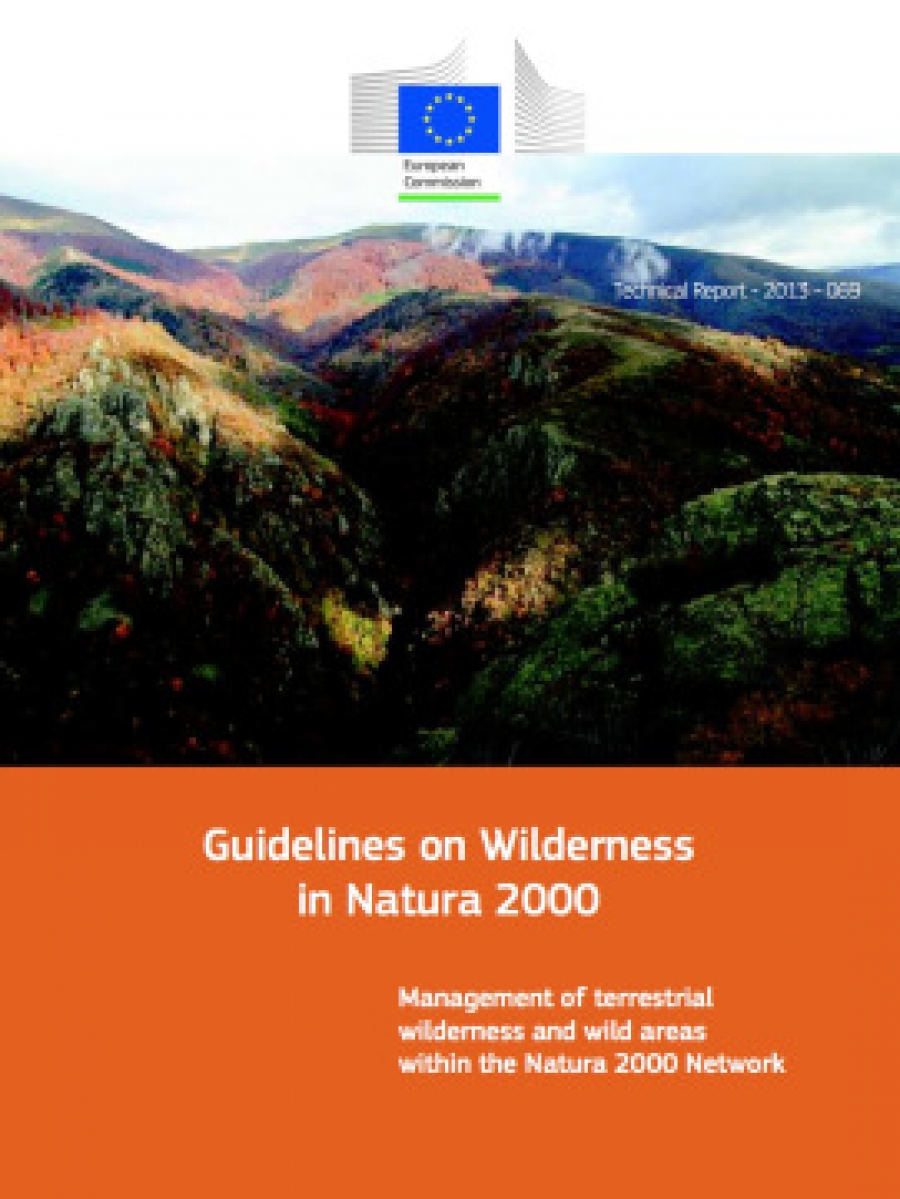Natura 2000 protects areas of high biodiversity value across the European Union. It is the largest coordinated multi-national network of protected areas in the world, covering more than 18% of the European terrestrial territory of the Member States as well as significant marine areas.
As establishment of Natura 2000 nears completion the focus is increasingly shifting to the effective management and restoration of sites in the network. Ensuring a fully functional Natura 2000 network is central to achieving the EU target of halting and reversing the loss of biodiversity and ecosystem services in the EU by 2020.
The EU Natura 2000 network is generally not a network of strictly protected areas in which no economic activities should take place. Therefore in most Natura 2000 sites, a wilderness approach will not be the most appropriate form of management. However, in specific cases, a wilderness approach can be the most appropriate or even necessary management approach for those specific Natura 2000 sites hosting habitat types and species of Community interest whose maintenance or restoration to a favourable conservation status is dependent on some degree of wilderness qualities and natural processes. And there will be sites for which a wilderness approach can be useful but not necessarily the only way to restore or maintain the species and habitats at a favourable conservation status. This guidance document is applicable to those specific Natura 2000 sites.
Download the EU Guidelines on wilderness and wild areas in Natura 2000
Source: EU Commission "Guidelines on wilderness and wild areas in Natura 2000"


